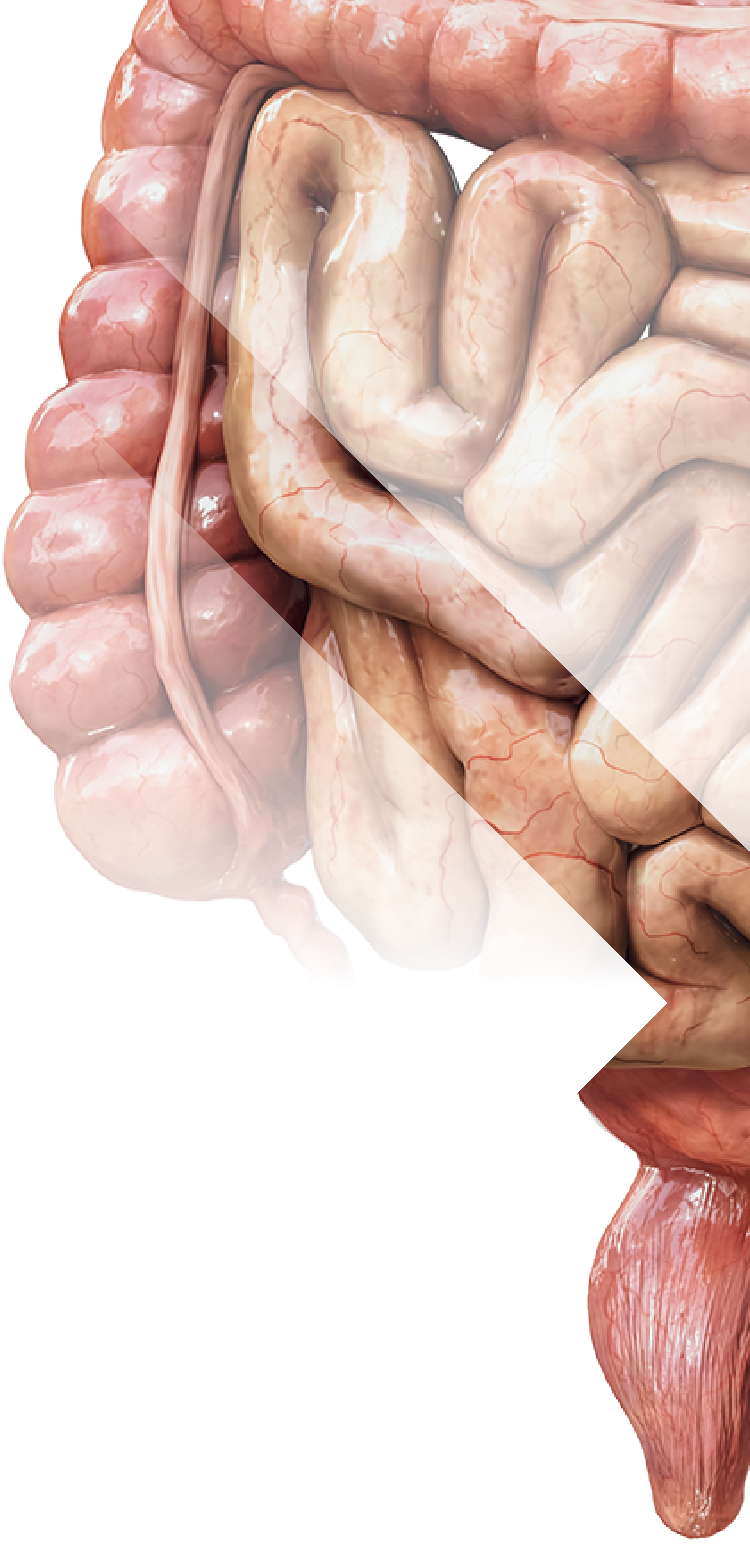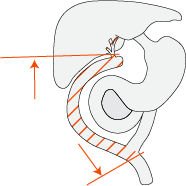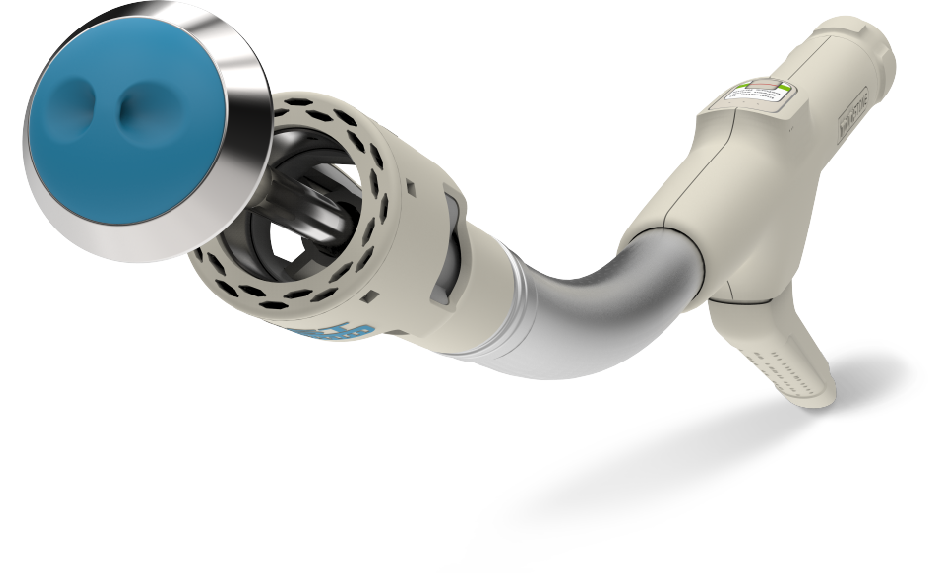1. Park, Jong Seob MD, Jung Wook MD Huh, Yoon Ah MD Park, Yong Beom MD Cho, Seong Hyeon MD Yun, Hee Cheol MD Kim, and Woo Yong MD Lee. “Risk Factors of Anastomotic Leakage and Long-Term Survival After Colorectal Surgery.” Medicine 95, no. 8 (February 2016).
2. Fang, Alex, Chao Wilson, and Melanie Ecker. “Review of Colonic Anastomotic Leakage and Prevention Methods.” Journal of Clinical Medicine 16, no. 9 (December 2020).
3. Li, Yi-Wei, Peng Lian, Ben Huang, Ming-He Wang, and Wei-Lie Gu. “Very Early Colorectal Anastomotic Leakage within 5 Post-Operative Days: A More Severe Subtype Needs Relaparatomy.” Sci Rep 13, no. 7 (January 2017).
4. Baran, J, SD Goldstein, and AM Resnik. “The Double-Staple Technique in Colorectal Anastomoses: A Critical Review.” Am Surg 58, no. 4 (April 1992).
5. Schineis, C, T Fenzl, L Aschenbrenner, L Lobbes, A Stroux, B Weixler, K Beyer, C Kamphues, M. E. Kreis, and J. C. Lauscher. “Stapled Intestinal Anastomoses Are More Cost Effective than Hand-Sewn Anastomoses in a Diagnosis Related Group System.” The Surgeon 19, no. 6 (May 2021).
6. Moritz E, Achleitner D, Hölbling N, Miller K, Speil T, Weber F. Single vs. double stapling technique in colorectal surgery. A prospective randomized trial. Dis Colon Rectum. 1991 Jun;34(6):495-7.
7. Lee, S, and B Ahn. “The Relationship Between the Number of Intersections of Staple Lines and Anastomotic Leakage After the Use of a Double Stapling Technique in Laparoscopic Colorectal Surgery.” Surg Laparosc Endosc Percutan Tech 27, no. 4 (August 2017).
8.https://www.fda.gov/medical-devices/letters-health-care-providers/safe-use-surgical-staplers-and-staples-letter-health-care-providers.
9. Roumen, Rudi M. H., PHD, Frank Rahusen, and Marc. M. D. Wijnen. ‘Dog Ear’ Formation after Double-Stapled Low Anterior Resection as a Risk Factor for Anastomotic Disruption.” Diseases of the Colon & Rectum 43, no. 4 (April 2000).
10. Villanueva-Sáenz E, Sierra-Montenegro E, Rojas-Illanes M, Peña-Ruiz Esparza JP, Martínez Hernández-Magro P, Bolaños-Badillo LE. Doble engrapado en cirugía colorrectal [Double stapler technique in colorectal surgery]. Cir Cir. 2008 Jan-Feb;76(1):49-53. Spanish.










